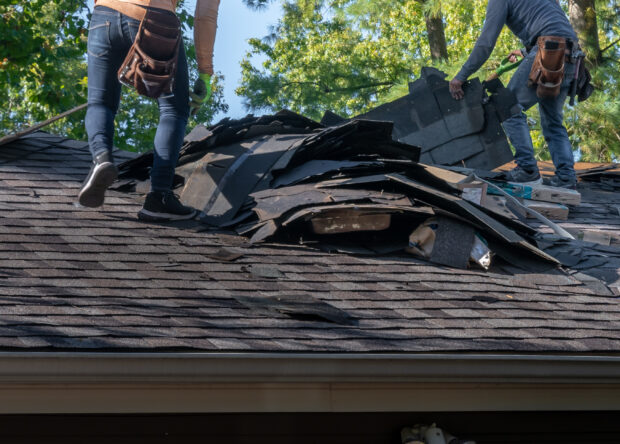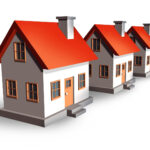As personal property owners face issues related to rising frequency and severity of natural catastrophes, a survey has found many do not have money or know where to start in order to mitigate damages.
The American Property Casualty Insurance Association (APCIA) said it surveyed over 1,000 homeowners in the U.S. and 74 percent said they face barriers to increase resiliency, with the top reason being expense.
Twenty percent of respondents said they don’t know where to start or what to do and another 20 percent said they are not concerned about their risk.
Asked about incentives to overcome concerns related to cost, 26 percent of homeowners said reduced costs for updated materials such as sales or income tax credits or rebates would help. Other incentives cited were lower insurance premiums such as discounts, reduced property taxes, and financial aid such as low interest home improvement loans or federal/state grants.
“Many insurers offer discounts for certain mitigation measures that reduce the likelihood of damage to the property, so talk to your insurer about what discounts are available to you,” said Karen Collins, vice president of property and environmental for APCIA. “Policymakers can help by prioritizing funding for resiliency initiatives and programs to help homeowners and communities better withstand natural disasters, including stronger and strictly enforced building codes.”
Other key findings from the APCIA survey include:
- 85 percent of homeowners would support their community adopting the latest building codes to require newly constructed homes and businesses meet standards that will help ensure these properties can better withstand natural disasters.
- 75 percent of homeowners would be willing to upgrade certain materials of their home (i.e., roof, windows, etc.) to meet building code standards that are required for new construction, so their home can better withstand natural disasters.
- 80 percent of homeowners would support efforts to restrict development (i.e., not allowing new construction) in storm/wildfire prone areas to reduce rebuilding and repair costs.
“There are effective ways to reduce the risk of damage from natural disasters to your home or business no matter what your budget is,” said Collins. “Millions of people are increasingly at risk for natural disasters as more communities are built in hazard-prone regions and communities face the intensifying impacts of climate change, so it is incredibly important for homeowners, communities, and policymakers to make resiliency and mitigation a top priority.”





















 Berkshire Hathaway Enters Post-Buffett Era as Share Prices Fall
Berkshire Hathaway Enters Post-Buffett Era as Share Prices Fall  Is the AI Boom a Bubble Waiting to Pop? Here’s What History Says
Is the AI Boom a Bubble Waiting to Pop? Here’s What History Says  Why the Middle Market Matters and How Insurers Can Capture It
Why the Middle Market Matters and How Insurers Can Capture It  Nearly Half of 100 Largest P/C Insurers Destroy Value: ACORD
Nearly Half of 100 Largest P/C Insurers Destroy Value: ACORD 











